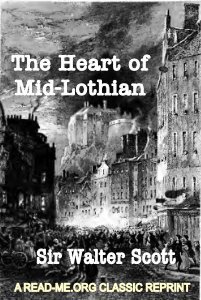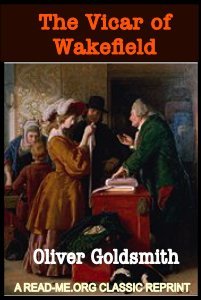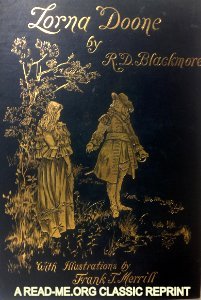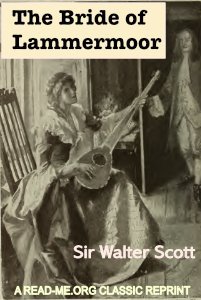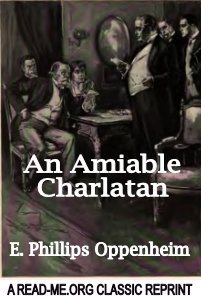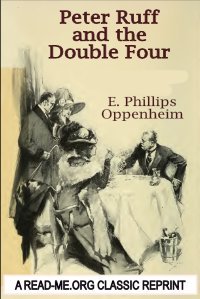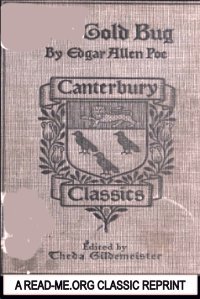"The Other Queen" is a historical fiction novel by Philippa Gregory, published in 2008. The book is set in 16th century England and Scotland, and tells the story of Mary, Queen of Scots, who is imprisoned by her cousin Queen Elizabeth I of England.
The novel is told from the perspective of three women: Mary, Queen of Scots; Elizabeth Talbot, Countess of Shrewsbury; and Georgiana, Duchess of Bedford. Elizabeth Talbot is charged with the care of Mary during her imprisonment and becomes her confidante, while Georgiana is a friend of Elizabeth I who becomes involved in the political intrigues surrounding Mary's imprisonment.
"The Other Queen" is a richly detailed and meticulously researched work of historical fiction that offers a compelling glimpse into the lives of the powerful women who shaped 16th century England and Scotland. Gregory's prose is vivid and engaging, and her characters are complex and nuanced, with their own desires, fears, and motivations.















